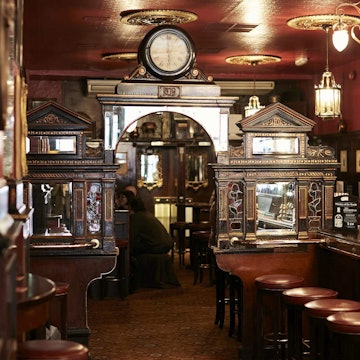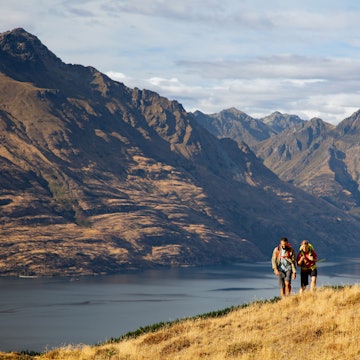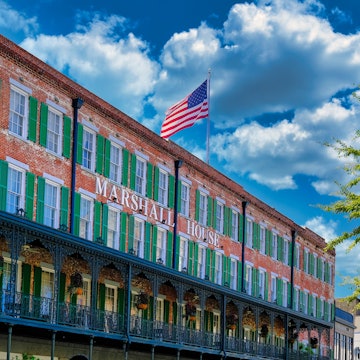
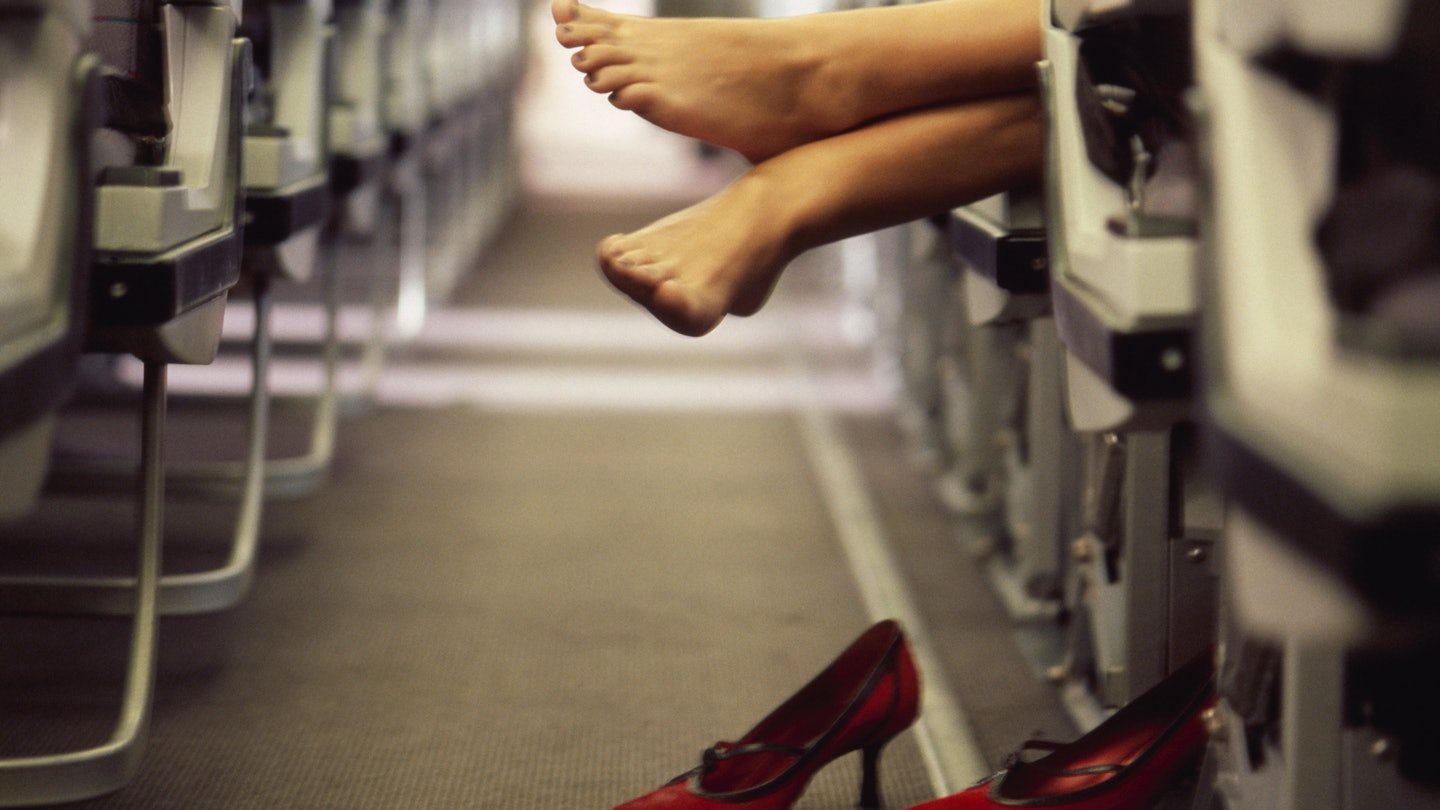
Airlines are keen to reassure travelers that flying is a safe experience © Ghislain & Marie David de Lossy / Getty Images
While having seats going unoccupied is a popular move with passengers it runs contrary to the basic economics of running an airline. If a flight is operating, the airline wants it as full as possible. But we live in an era when distance from others is prized, so some airlines have taken seats out of use – generally a middle seat rather than a whole row – but many more have not. At least some of those airlines who have done may not operate with reduced capacity for too much longer. Southwest, one of the airlines that currently does block middle seats, noted in an email to me that "operating an airline with an artificial capacity restriction is unsustainable long-term".
There have of course been some other changes to the experience of flying since March. The main ones, of course, are the necessity of wearing face masks through the airport and during the flight, and the revised boarding and food and beverage service processes I’ve written about recently.
Like more flexible terms on rebooking, cancellations and refunds, empty seats cost airlines money at a time when they are experiencing unprecedented challenges. There is a sweet spot that carriers are trying to hit of easing back on capacity restrictions while still reassuring travelers that flying with them – and flying generally – is a safe experience. Delta has committed to reduced capacity until January 2021. Other airlines that do keep seats empty such as Southwest and Alaska Airlines have currently only committed to doing so until November 30, the end of the busy Thanksgiving and fall travel period. That may be extended further, but at the time of writing this was not confirmed either way.
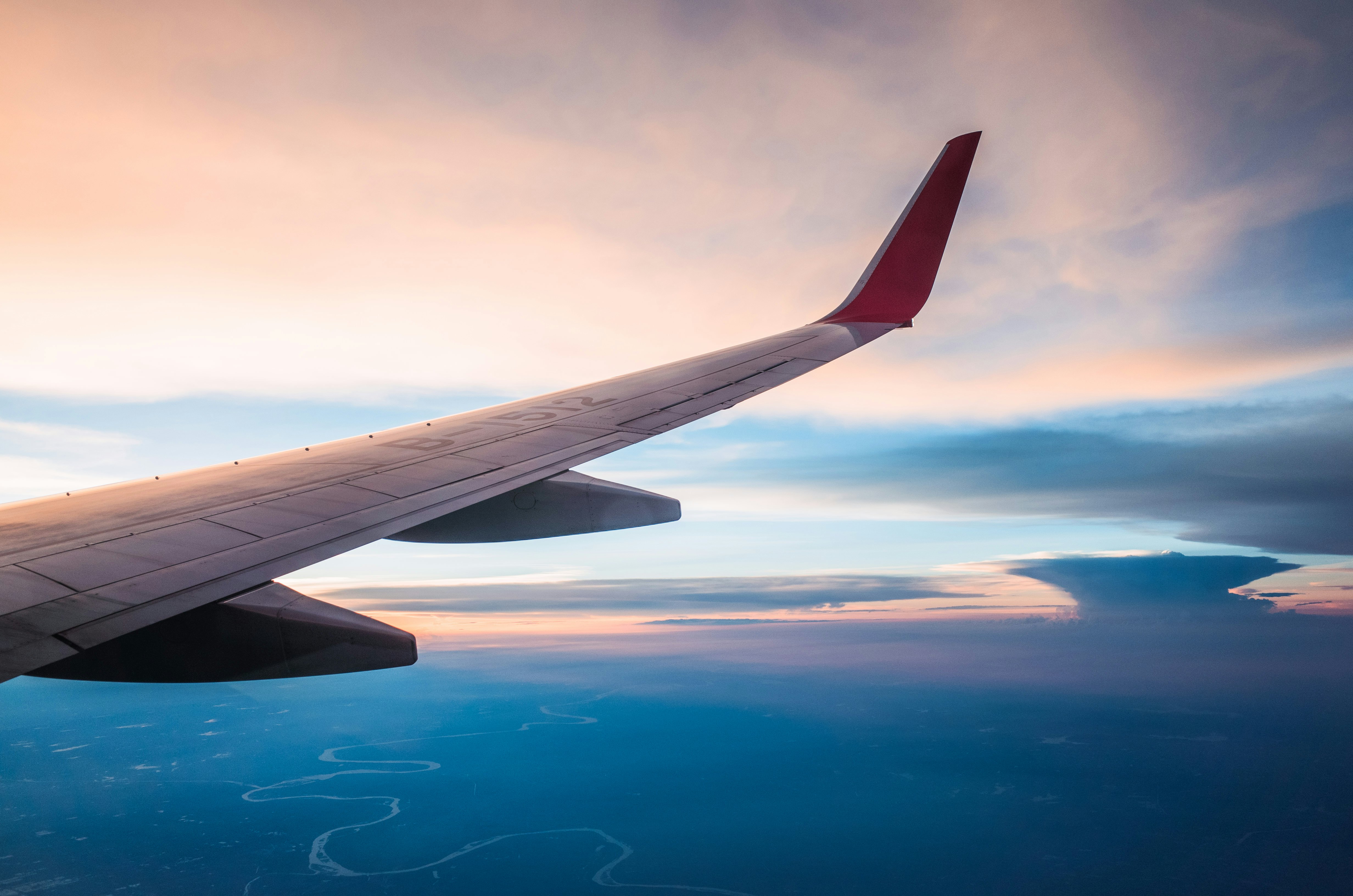
Other carriers, including most European airlines, do not restrict capacity of flights. Most airlines cite the International Air Transport Association (IATA)’s guidance that "does not recommend restricting the use of the ‘middle seat’ to create social distancing while onboard aircraft." They instead recommend a range of alternative measures.
American Airlines noted in an email to me that "Even if middle seats are blocked, passengers are not six feet from the person across the aisle or the person seated in front or behind them." American, like other airlines, has lots of information available about its focus on cleanliness on board including High Efficiency Particulate Air (HEPA) filters on planes, which regularly refresh air supply. I flew British Airways twice this summer, on both occasions having strangers sitting next to me on what was a mostly full flight.
If having no one next to you is important, the old-school hacks for keeping a seat free are worth bearing in mind. By booking an aisle or window seat near the back of the plane you’re maximizing your chances of no one wanting a middle seat that far back. You could also aim for an earlier or later flight in the day in the hope that it's quieter, and you have the chance to move elsewhere in the cabin – but note if you do this airlines will often request you stay in your assigned seat for the purposes of track and trace. Alternatively, should you wish to guarantee this, Jetblue is one airline that offers the chance to book empty seats adjacent to your traveling party.
You might also like:
Ask LP: are airlines still serving alcohol on flights?
Ask LP: can I still use the bathroom on a plane?
Ask LP: which day should I travel to avoid Thanksgiving crowds?








